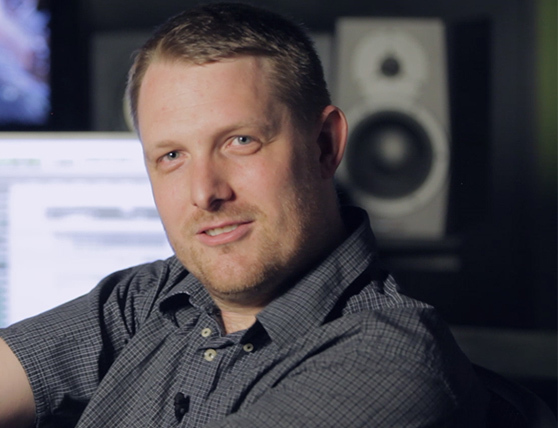
About György Mohai
György Mohai is a Sound Engineer, Mixing Engineer and Sound Designer based in Budapest, Hungary. He is a key member of the young Hungarian sound engineer generation. He was engaged in music studies from his early childhood and attended the Jazz Vocals Faculty of the Kőbánya Conservatory, secondary-educational home for many famous Hungarian musicians. In 2010, he acquired a Sound Director BA degree at the University of Theatre and Film Arts, where he has often returned since then to hold lectures.
He started his career as a freelance sound technician (monitor and FOH) with dedicated bands and orchestras, also hired by the biggest live/PA companies in Hungary. In 2004, he founded his own PA company. Since 2012 he is Head of Sound Department at Pesti Magyar Theatre.
Currently, he is one of the busiest Hungarian live sound engineers, regularly working as Chief Sound Engineer at some of the biggest Hungarian events, covering almost the whole spectrum of live musical genres (Bobby McFerrin, José Cura, Ramón Vargas, Andrea Rost and Erika Miklósa) and theater projects (Shrek, West Side Story, Into the Woods, Blues Brothers and István a Király).
György also participated in several motion picture productions. Just to mention one: as Communication System Engineer, he played an important role in the sound department of The Martian, which – besides other sound-specific wins and nominations – was nominated for an Academy Award in all sound categories in 2015.
Recently – besides the PA company – he has founded his own sound studio under the name Pannónia Hangstúdió. This facility helps to bridge the wide range of his professional interests, as it hosts musical as well as theatre and motion picture productions on a daily basis.